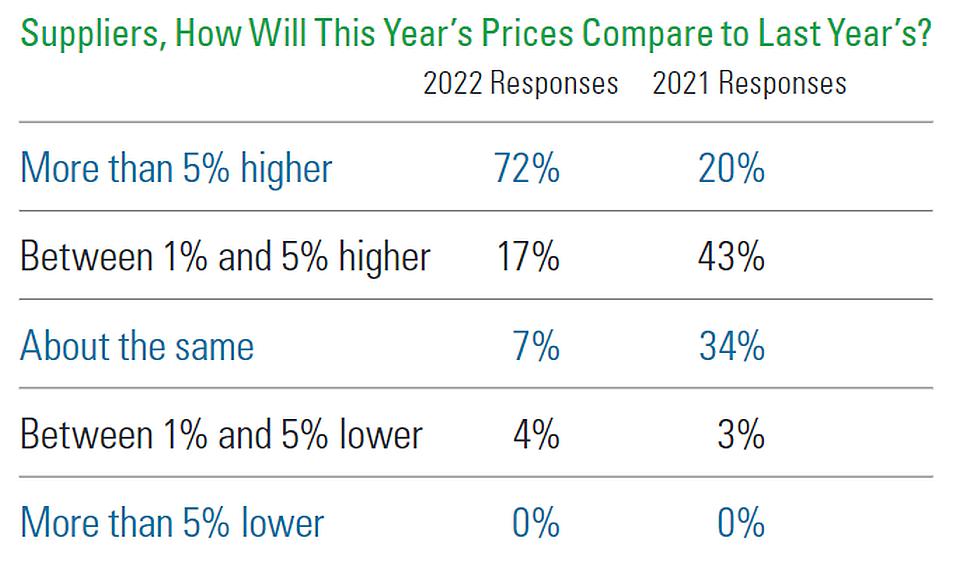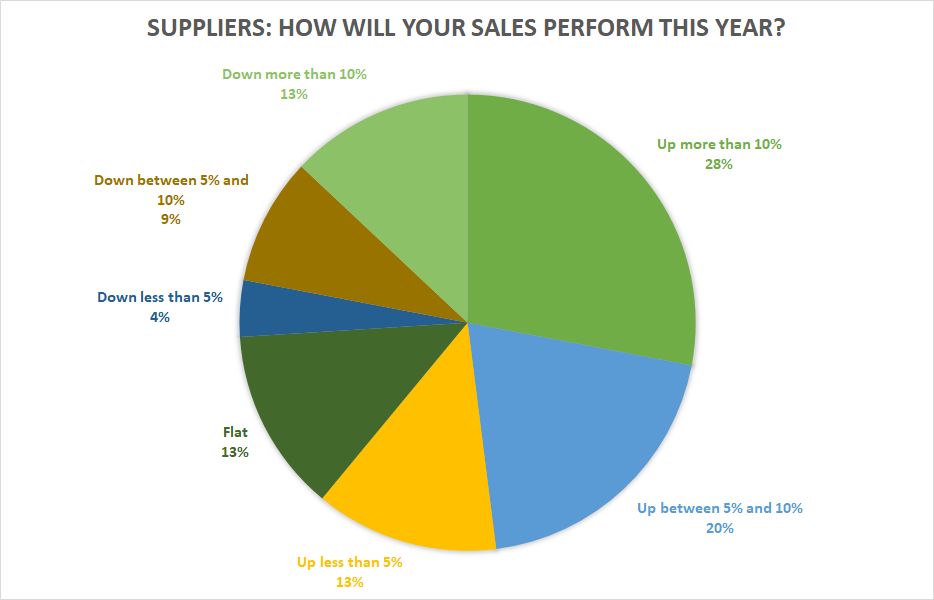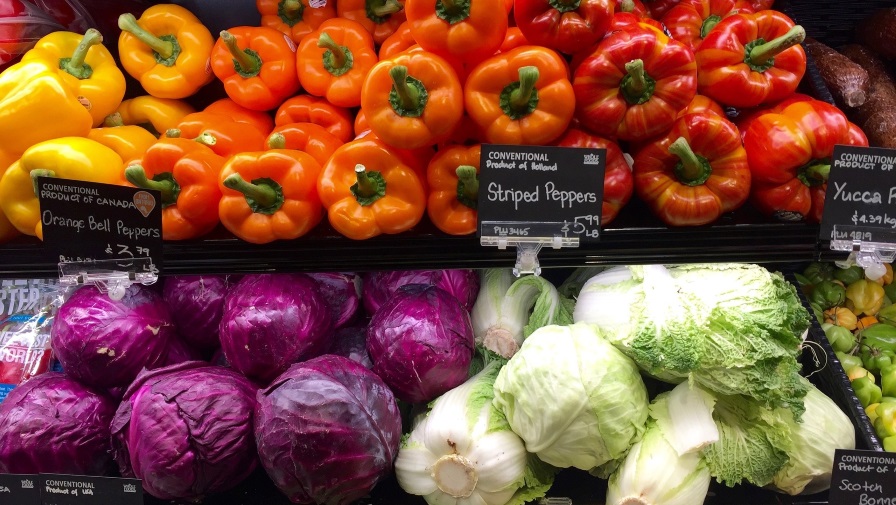Suppliers Discuss Vegetable Industry Trends
Who better to describe current industry trends than the suppliers who serve the vegetable-growing world. Their responses to American Vegetable Grower® magazine’s 2022 State of the Industry survey are wide-ranging, although many of their comments do focus on a particular subject: the grower.
According to Suppliers, Vegetable Growers in 2022 Are:
- Moving to more specialty crops and crops that require less input costs;
- Scrambling for inputs;
- Seeing the benefits of inputs that help combat drought, such as seaweed extracts;
- More open to using sustainable products and practices, such as biological control, in vegetable production;
- Buyers increasingly pressure growers to farm more sustainably. But they don’t know what that means or how to do it and who funds it;
- Hesitant to diversify the variety of their crops and are instead supplying more of what they know consumers and local retail markets rely on;
- Growing the most expensive crop they ever have grown!
As is the case with previously published grower and researcher responses to the survey, suppliers cannot ignore the trend of rising prices and costs, particularly on the transportation front. To some, there is a positive side to the dilemma.
“Quality soils or substrates create quality crops and larger yields. These crops can also be grown close to the final market, so it reduces freight cost and reduces carbon footprint,” a supplier writes.
A fellow supplier agrees, saying “more resourcefulness will be spurred by increasing costs.”
Suppliers’ Own Prices and Sales
That said, costs for 2022 will be much higher, another supplier predicts. The supplier then adds that the seed segment “lags a little, as we’re producing a crop to be used the following year.” Those suppliers who say their prices will rise by more than 5% over the previous year surged a shocking 52 percentage points (take a look at the table below).

With increased prices comes increased sales, so it’s no surprise that the No. 1 answer to our question on how they expect 2022 sales will compare 2021 sales was they would be up by 10%. But a full 22% say their sales will be more than 5% lower than last years.

Growers will see price increases and “logistic nightmares,” a supplier says. Another adds, “Morale is low. Supply is getting short, and for the first time in years, mid-season price changes are happening from suppliers.
These pressures are impacting prices of a different sort. “More corporate farms are moving into the area, driving land prices up,” according to a supplier.
Several suppliers cite consolidation, as well. “We see more consolidation in growing, packing, wholesale, and retail,” a supplier says.
Other Trends
Some of the more compelling supplier responses as to what is trending in 2022 include:
- “A continued interest in unique colors and flavors for the growing young markets.”
- “Growth of the industry in the Mid-Atlantic region. More automation in all sectors. More interest in packaging equipment.”
- “States where water isn’t an issue will see movement of farming to those states.”
- “Less margin for error; constantly pushing the limits.”
- “Moves toward organics.”
- “People thought they’d grow their own when COVID started but got a lesson in how hard it is, so they’ve gone to buying locally grown and growing flowers.”
- “There is a huge push in the ag industry to move toward regenerative agriculture. Green manures and biofumigation are the new hot topics and for good reason.”










